Description
Italian Courgette Cocozelle Di Napoli
Italian Courgette Cocozelle Di Napoli. A favourite and prolific Italian Heirloom variety introduced in 1885. Producing beautiful light and dark green striped fruits on compact bush plants reliably in all but the worst UK summers. Grown mainly due to its outstanding flavour they are best picked young and tender. The fruit can be used as per marrows if left too long or at the end of the season. Fantastic for slicing, frying, or steaming. Very easy to grow. 55-60 days from germination. Crops in about 55 days from germination.
Cultivation Advice
- Opt for well-draining, fertile soil rich in organic matter. Prior to planting, amend the soil with compost or aged manure to enhance fertility.
- Choose a sunny location with soil temperatures consistently above 60°F (16°C). Plant seeds or seedlings with proper spacing, allowing ample room for growth.
- Maintain consistent soil moisture, especially during flowering and fruiting stages. Water deeply but infrequently to encourage strong root development.
- Apply mulch to retain moisture and suppress weed growth. Regularly remove weeds to minimize competition for nutrients.
- Use compost or balanced organic fertilizers during the growing season to provide essential nutrients for healthy plant growth.
- Provide support structures like stakes or cages to prevent sprawling. Prune excessive foliage to improve airflow and facilitate light penetration.
- Monitor regularly for pests and diseases. Employ organic pest control methods and introduce beneficial insects for pest management.
- Harvest courgettes when they’re young and tender, typically around 6-8 inches (15-20 cm) in length, for optimal taste. Regular harvesting promotes continuous fruiting.
- Use harvested courgettes promptly for the best taste. If storing, keep them in a cool, dry place or refrigerate for a few days in a perforated plastic bag.
- Ensure warm soil temperatures for optimal growth, as courgettes prefer soil around 70°F (21°C). Protect young plants from cold temperatures and frost.
- Aid in pollination by gently shaking the flowers or introducing pollinators like bees, particularly if natural pollinators are scarce.
- Maintain even soil moisture throughout the growing season, especially during flowering and fruiting stages. Avoid overwatering, which can lead to waterlogged soil.
- Provide adequate support structures like trellises or stakes for the plants to grow vertically. This can save space and improve airflow around the plants.
- Consider planting companion plants like basil or marigolds to repel pests and attract beneficial insects that aid in pollination.
- Encourage good airflow around the plants to minimize the risk of diseases like powdery mildew. Prune excess foliage if needed to improve airflow.
- Utilize natural remedies like neem oil or insecticidal soap to deter pests. Implement physical barriers or netting to protect plants from pests.
- Continuously harvest mature courgettes to encourage new fruit production. Overgrown courgettes may hinder further flowering and fruiting.
- Regularly add compost or organic matter to the soil to replenish nutrients and maintain soil structure.
- Understand the growth habits and specific characteristics of Italian Courgette Cocozelle Di Napoli for proper cultivation and support
- Ensure the plants receive adequate sunlight exposure, ideally 6-8 hours of direct sunlight daily, for healthy growth and fruit production.

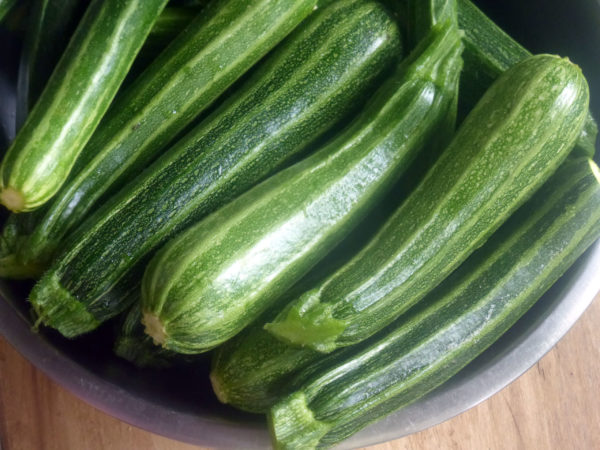
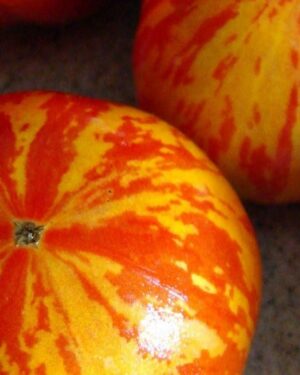
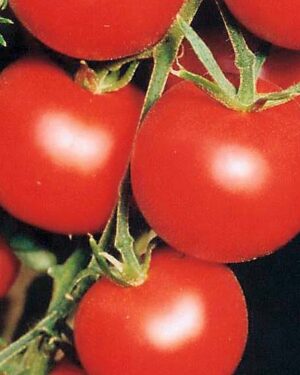
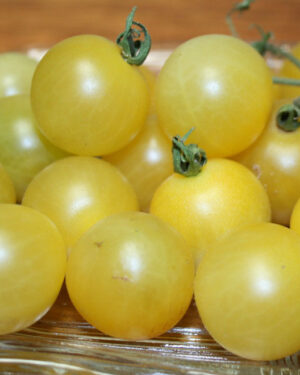

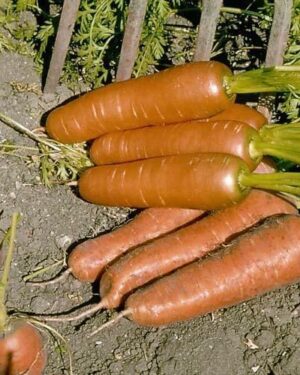
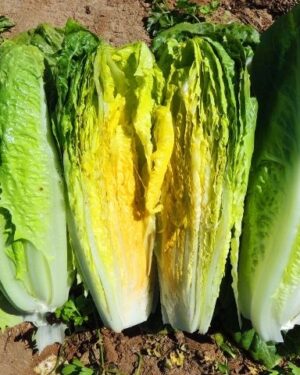

Reviews
There are no reviews yet.